What is Diastasis recti and is it common?
Diastasis recti is extremely common in those who are pregnant and during the postpartum period. It affects 60% of people. It usually resolves itself within eight weeks of delivery. (source: Cleveland Clinic)
Mine, however, did not resolve within 8 weeks. Being pregnant with diastasis recti (or commonly referred to as abdominal separation), along with an umbilical hernia, all while chasing around an active toddler is one of the hardest things I’ve done in my life.
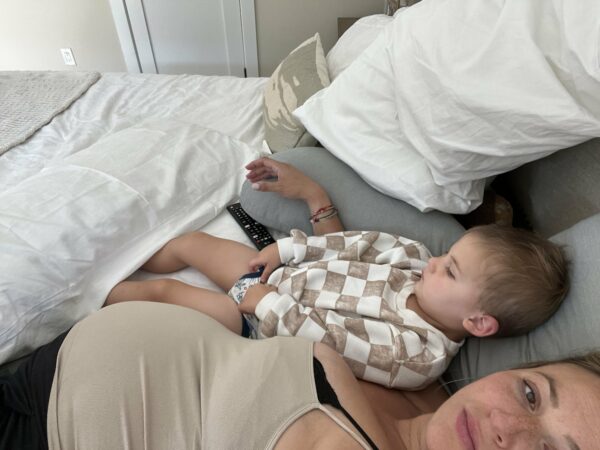
First Pregnancy vs Second Pregnancy: How My Perspective Changed After Having a Child
I got pregnant with my second son when my first son was 20 months old. What a wild ride it’s been. I am now 3 months postpartum. Moms who have multiple children I’m sure will relate to this. My second pregnancy was so incredibly difficult because my 2-year-old needed my attention, my physical attention, for my entire pregnancy. It broke my heart when I physically struggled to be there for him the way he wanted me to be.
During my first pregnancy, I mostly followed the rules. I ate well, slept well, rested, worked out, didn’t carry anything too heavy, and certainly didn’t let anyone jump on my pregnant belly. For my second pregnancy, I could not do most of those things.
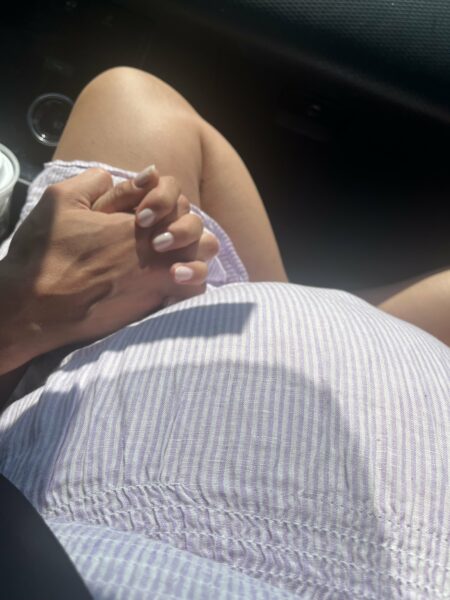
It’s hard to even remember being as well rested as I was when pregnant with my first! My oldest son is a happy, active boy who needed my attention regardless of how big my pregnant belly grew or how much pain I was in. Nothing would stop me from giving it to him and hugging him close.
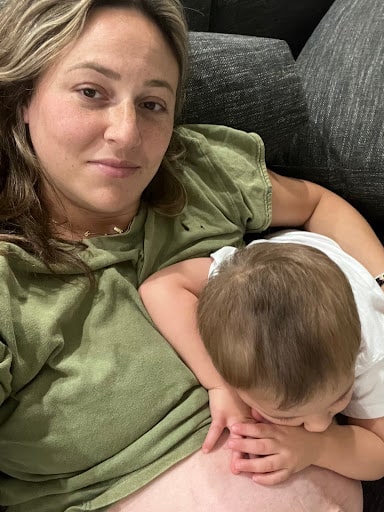
He would jump on me and ask me to roll around on the ground with him. I would carry him up and down stairs, in and out of his car seat. I would carry his sleeping body from the couch to his crib. It was a new ballgame with none of the delicacy of my first pregnancy.
Diastais Recti – What does it mean for pregnant and postnatal women?
I developed Diastasis Recti during my first pregnancy and despite working out with a postpartum trainer, this condition didn’t heal before I got pregnant again almost 2 years later.
Imagine weaving your fingers together, then slowly pulling them apart. That’s what it’s like when your ab muscles separate with diastasis. I can now fit 4 finger widths through my stomach. It is essentially a hole beneath my skin.
When you get pregnant again with diastasis, the baby can potentially drop forward, which may prevent them engaging into the pelvis. In theory, that part was fine for me because I previously had a c section and planned on having one again. The other side is that the baby dropping forward created more outward pressure on the connective tissue – making my diastasis worse and preventing the baby from aligning with the cervix. (Source: birthability) Which brings me to my next challenge – the umbilical hernia. The hernia coupled with the outward pressure from the diastasis was a perfect storm for intense discomfort for the entirety of my 3rd trimester.
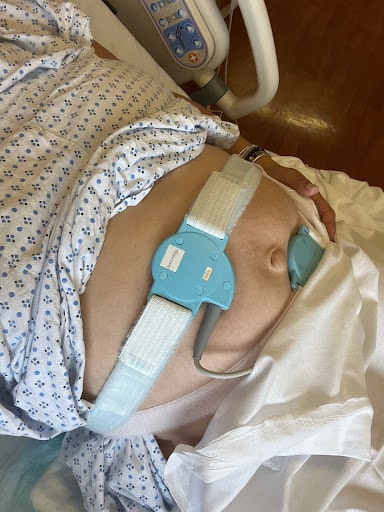
The umbilical hernia
As I progressed through my pregnancy and grew, my intestines were pushed through my abdominal wall, protruding and creating pressure at my belly button. At times it was painful, mostly manageable, but looked alien-like. A button for my son to push! That definitely made it worse. The pain from this made it feel like I was constantly going into early labor.
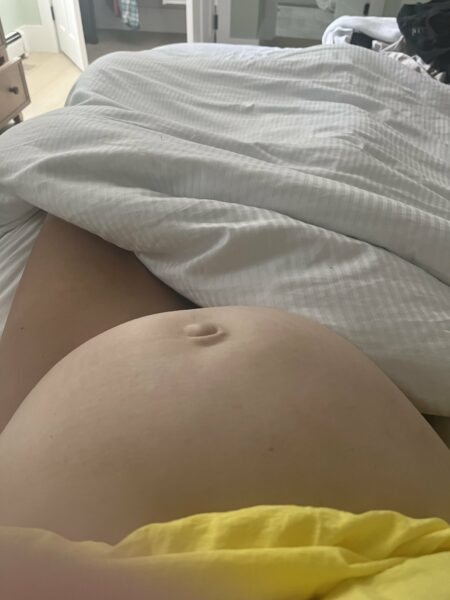
Giving birth: Planned C-Section and Hernia Repair
I was lucky enough to find a surgeon willing to attend my scheduled c-section and complete the hernia repair. I was pretty nervous about doubling up on incisions, but the more I talked to people about my nervousness, the more reassured I felt in realizing how common hernias are. The thing that scared me most was recovering from 2 things in a similar spot at once, all while tackling breastfeeding and caring for 2 children. It took 10 minutes and I have no regrets about adding this second procedure I was previously so worried about. He cut the protruding intestine off through my belly button and sewed it up nicely.
I remember my husband and I looking at each other in disbelief that bringing a child into the world could be as wonderful and beautiful as this. Despite the challenges faced, my second son’s birth story was a dream compared to my first, but I’ll save that birth trauma of being put to sleep while my first son was delivered for another time.
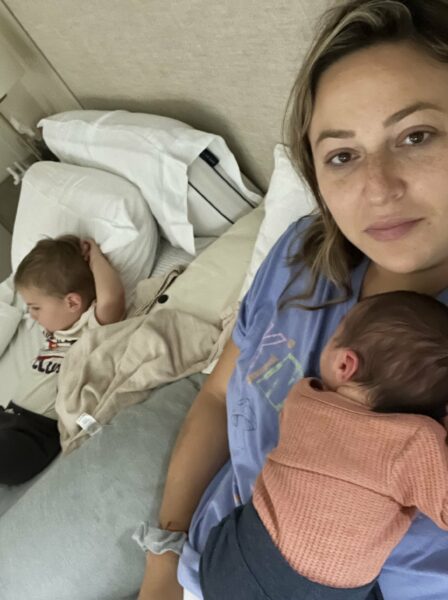
Coming home after birth and surgery
I was sent home to my toddler with a newborn and two very sensitive incision sites. I was devastated not to be able to hold my toddler when we came home. I couldn’t carry him and my husband had to intercept him during many mid-air jumps in my direction. I gave him so much energy during my pregnancy that I paid the price during my recovery with weeks of essentially keeping him at arm’s length. We had to make a rule in our house: No jumping on mommy. He still repeats it to this day.
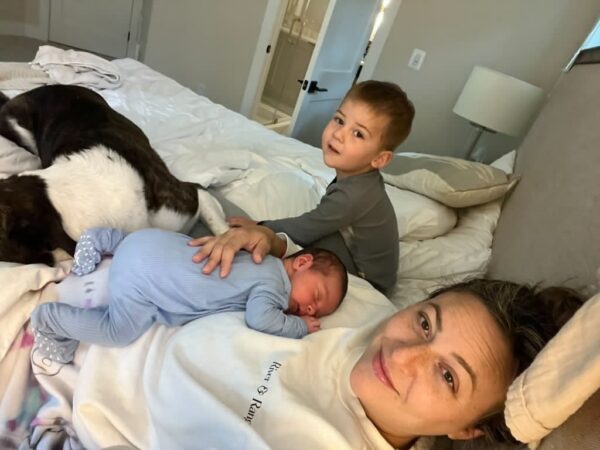
Teaching myself to remember that everything is temporary
My son would cry so hard it hurt me to hear. He needed me and I couldn’t be there for him. That pain coupled with postpartum hormones was tough. My husband, my mom and my best friend gave him extra special attention. We gave him a “gift” from the baby when we got home and they first met. But none of this could replace his need to be close to me.
Although that was all incredibly difficult, I look back now 3 months postpartum and I wish I could have told myself then that it was all just temporary.
I wish I took it a little easier during my pregnancy, a little easier during my recovery, but here we are, all happy and together.
It’s hard to picture how life will be when you’re in the thick of things, especially physical or emotional pain, but the concept that each phase will come and go is a helpful coping mechanism.
I am currently in pelvic floor physical therapy and will eventually explore opting for cosmetic surgery to repair my diastasis. I’ll handle that phase when it comes.
I truly don’t know what I would have done without the help of my friends and family.

They were always willing to chase my toddler while I was pregnant, pick him up when I couldn’t, and reassure me that it was going to be okay. They stood by my side through it all and I’ll always be grateful for that.
To all the other mama’s out there currently going through it, remember that this is temporary. Your next phase of motherhood will be here before you know it.
For another blog written by Tyler Sylk, read “Becoming Mom“.

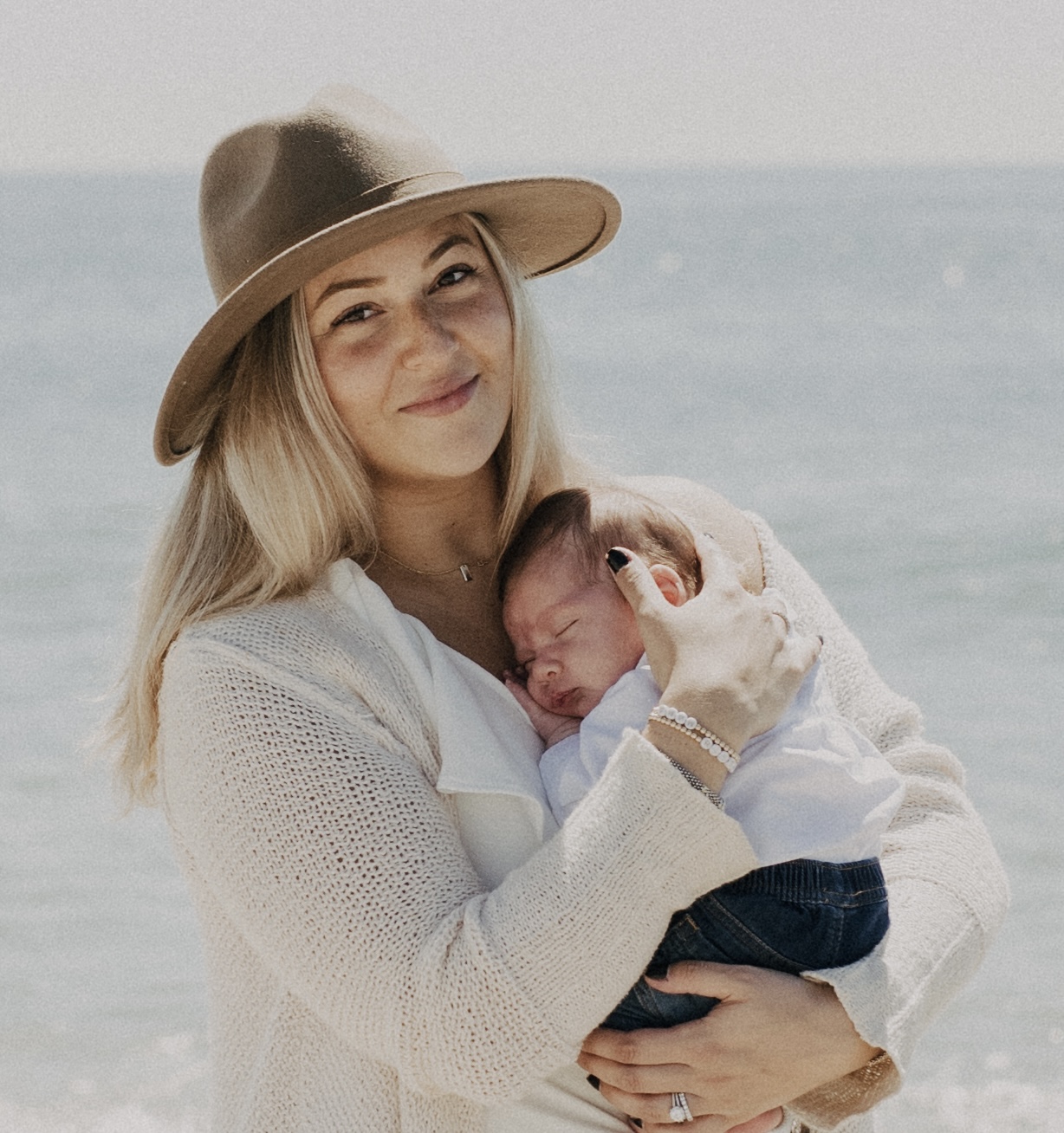

Such a really well written story about something most people know nothing about. Thank you for sharing. You are doing a great job, Momma! ❤️